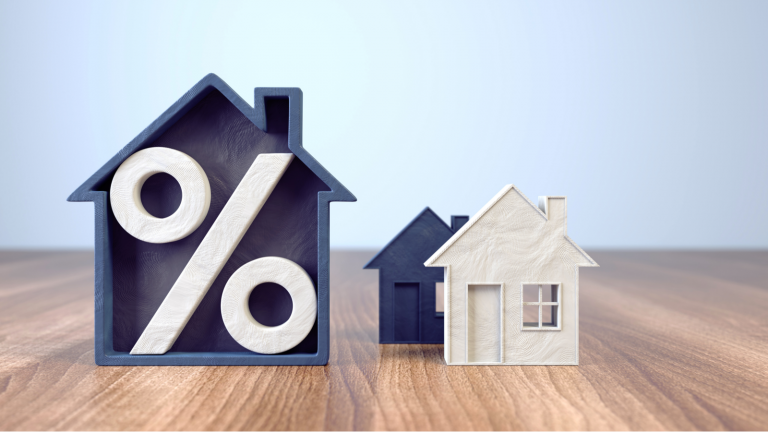30-year fixed mortgage rates averaged just 7% last week, the first time in 20 years, according to Freddie Mac. With the Federal Reserve expected to announce yet another hefty interest rate hike, this could be evidence of a greater slowdown in housing. What do climbing mortgage rates mean for a potential housing market crash?
Well, with housing affordability already trending around its worst level ever, rising mortgage rates only strengthens the case for a malicious downturn in home prices. While some naysayers may argue that we’re still far from the 18% peak mortgage rates of the 1980s, they fail to consider the disproportionate growth of home prices relative to income.
Indeed, in August, U.S. housing affordability dropped to its lowest level since 1989 as a result of high home prices, rapidly rising mortgage rates, and relatively stagnant wage growth. In fact, median home prices climbed as high as $440,300 in the second quarter of this year, the first time the figure has ever broken the $400,000 psychological barrier.
Home prices have been on a nigh-vertical trajectory since the Covid-19 pandemic first forced Americans indoors. Lately, however, the once red-hot real estate market has been chillingly cold. Single-family home sales are down 23% from last September, as mortgage application volume trends around its lowest since 1997, according to the National Association of Realtors (NAR).
While many economists maintain that higher lending standards and the generally limited inventory of homes will prevent a substantial pullback in home prices, that doesn’t tell the whole story. A steep fall in housing demand driven by a Fed-induced recession could put unexpectedly strong downward pressure on the real estate market.
Will Mortgage Rates Continue Climbing?
The Fed has long hinted at the fact that its inflation-mitigation agenda is far from over, and may yield unfortunate consequences for the greater economy. Even Fed Chairman Jerome Powell
has stated the central bank’s hawkish agenda may well lead to a wider recession in the country. “No one knows whether this process will lead to a recession or, if so, how significant that recession would be,” Powell said in September.
In 2021, 30-year fixed-rate mortgages had an average lending rate of just 2.96%, close to its pandemic low. As the Fed has repeatedly raised interest rates throughout the year, mortgage rates have largely come along for the ride. Clearly, the Fed’s rate hikes throughout the year have had a dramatic effect on home loans. Looking ahead to the Fed’s next highly-anticipated meeting this Wednesday, it seems the stage is set for even higher mortgage rates.
With what will likely be its fourth “supersized,” 75 basis-point rate hike of the year this week, and another anticipated hike in December, the Fed may well be writing the script for mortgages heading into 2023. The question remains: how high will rates go?
Well, depending on who you ask you’ll likely find a variety of different projections. According to some, however, the 30-year fixed rate has plenty of room to climb over the next year.
Christopher Whalen, Chairman of Whalen Global Advisors told MarketWatch that mortgage rates could “easily touch 10% by February,” even if the Fed declines to hike interest rates in December.
Meanwhile, NAR Chief Economist Lawrence Yun believes rates could hit 8.5% next year, “which would be another big shock to the housing market.”
On the date of publication, Shrey Dua did not hold (either directly or indirectly) any positions in the securities mentioned in this article. The opinions expressed in this article are those of the writer, subject to the InvestorPlace.com Publishing Guidelines.

